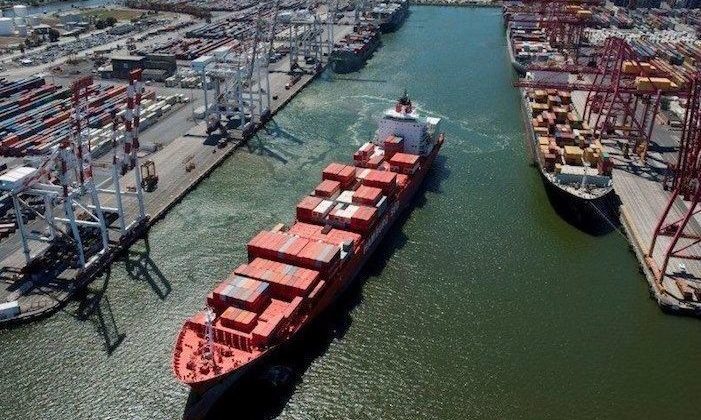Freight forwarders spend $500m a year processing freight rates

The cost burden of global ocean freight rate processing can now be revealed thanks to an investigation carried out by Drewry Supply Chain Advisors for client CargoSphere.
The survey claims that it costs $500m per year to manage ocean carrier rates, for freight forwarders alone.
Over the last decade, CargoSphere, a freight rate platform, has worked to address this cost burden by developing contract and rate management technology, and a connected rate mesh network but was unable to quantify the full extent of the inefficiency until now.
The research by Drewry shows there are around 50,000 global ocean freight forwarders, who handle 48.4m teu per year. The total number of hours spent per year by freight forwarders doing buy-rate management stands at a whopping 24.4m hours, equivalent to $500m in salary time.
The $500m price tag was described as “not sustainable” for global freight forwarders and “exorbitant” by a spokesperson for CargoSphere who contacted Splash today.
“The exorbitant cost underscores the need to focus on a digital infrastructure for all aspects of rate management, networking and distribution, as it is an extremely important business enabler for global ocean shipping,” the spokesperson maintains.
CargoSphere maintained in a release that the key solution is “to align technology with the needs of the industry to improve business performance, rather than promoting disintermediation or a race to the bottom for carriers and forwarders as many of the new tech start-ups are intimating”.

Lets see. If we trust the numbers in the story, we have $500m and 48.4m teu. Either keeping track of freight rates save shippers $10.33 per teu or it doesn’t. My guess is that it’s worth the money.
Doesn’t this miss the point, more like the inefficiency adds $10 to the costs?
In round numbers, the Drewry study concludes that 50,000 Freight Forwarders invest 25m labour hours annually processing rate quotations on 50m TEUs.
Bearing in mind that FFs and NVOs survive on thin margins and it costs a top forwarder US$500,000 annually to manage rates, surely a technology that automates keeping track of freight rates, using proprietary algorithms and text data analytics, should be embraced by the industry. No doubt the new technologies are an intrusion and challenge the traditional pricing models, but the service providers have to adapt. A case in point is DB Schenker’s recent investment of USD 25 million in another FF online platform, uShips. Commenting on the investment, Schenker’s CEO said “We’re investing in shaping the future of digital logistics,” while uShip’s CEO commented. “Major players like DB Schenker are wisely embracing innovation to automate and digitise their operations, making them more efficient and profitable.